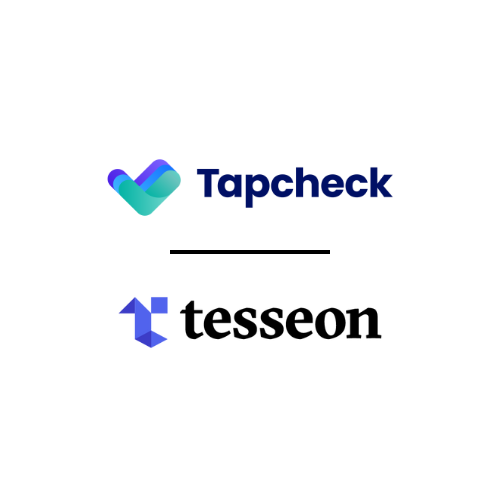On-demand pay has a handful of names -- earned wage access, same-day pay, instant pay, and others -- all describing variations of a similar concept. As the economy shifts, employers and employees alike are looking for ways to prepare.
Key Definition: an on-demand pay solution is one that allows employees to access their earned wages before payday.
On-demand pay is a benefit that’s surging in popularity amongst workers. Research shows that workers want access to their money at any time, and the interest in on-demand pay programs is growing every year.
When done right, on-demand pay can become a crucial benefit for employers looking to help their employees navigate their finances and plan for a future that threatens to become even more expensive.
Why is This Important Right Now?
As the country continues to battle the wake of record-high inflation, more workers are reporting high levels of financial stress. In 2016, half of Americans said they didn’t have financial stress, but that financial confidence had fallen below one-third by 2022. Roughly 70% of the country is worried about money nowadays.
To ease the burden of bills that can’t wait for payday, employees that have on-demand pay programs available to them are less likely to pile extra debt onto their credit card or turn to a high-interest loan. Plus, data shows that employees who have access to their money before payday are more likely to stay with their employers longer, reducing turnover costs associated with hiring and retraining.
Plus, not everything that bills itself as on-demand pay has the employee’s best interest in mind. As an employer, sponsoring the benefit yourself ensures your employees have on-demand access to their wages in the safest, savviest way possible.
Protecting Workers from the “Other” Options
Not all on-demand pay programs are created equal. In fact, some programs aren’t integrated with the employer’s timesheets, meaning they’re unable to verify hours worked and instead rely on prediction algorithms to offer available balances to workers.
Opting for these algorithmic-driven programs can leave workers with more headaches than when they started. For instance, certain programs called “early-wage access” might offer an employee a transferrable balance that looks like earnings. But in reality, it’s just a glorified guess based upon how much the worker would typically earn across the pay period. Since it’s not tied to wages, the worker will have to pay that money back –plus offer a “tip” to the service for the opportunity to withdraw in the first place. Suddenly, that doesn’t seem much different from a payday loan.
So as an employer, how can you offer a necessary benefit to your employees without creating too much extra work on your side?
Finding the Right Solution
Genuine on-demand pay solutions will calculate an employee’s earned wages directly through their employer, which requires an integration with the payroll and timekeeping software. Most on-demand pay solutions will offer dozens of integrations, but it’s important to find a provider that works with your unique combination of tools.
Employee usage is also a key component of on-demand pay solutions. Anytime a business adds a new benefit, educating the workforce on how to access it is a critical first step. Ensure that any on-demand pay solution is willing to help you educate your staff through videos, handouts, or emails.
It’s important to monitor ongoing usage, too. Are you remployees using it, and if so, are they happy? And if they aren’t, is that because they don’t need it or because they aren’t sure how to use it? Find an on-demand pay provider that will help with employee questions and offer on-demand support to ensure you get the most from the benefit.
Cost-Benefit Analysis
New benefits can be complex, expensive, and time-consuming –which means the return on investment needed to balance the scales might not ever hit. But a free benefit? That shows returns nearly right away.
On-demand pay programs are unique in that they’re cost-free to the business. By not charging implementation fees, on-demand pay programs can begin impacting revenues through performance and retention improvements within a few weeks.
Wrapping Up
On-demand pay programs are quickly becoming popular amongst employers who want to help their employees take control of their finances. In return, their employees are happier and more productive – leading to bottom-line business impact.
When properly integrated with the employer and properly educated to the employee, these benefits punch far above their weight.




.png)
.png)




